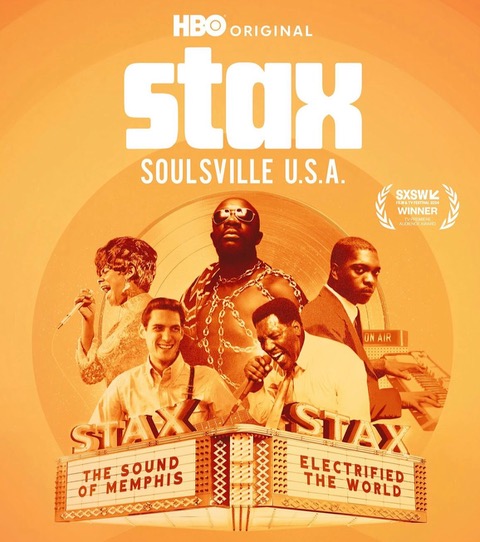Stax Soulsville U.S.A. is a four-part HBO documentary by Jamila Wignot. If you love Black music and are interested in the creation of R&B sounds, you should see it. If you are a businessperson interested in the American story, you should see it. If you are a Black entrepreneur, you should see it. It is a fantastic story of success and tragedy. It is also a story of racism and what sometimes happens to Black success.

Stax Records began in Memphis, Tennessee, in 1957 as Satellite Records and shared a sister label, Volt Records. Its founder was Jim Steward and his sister Estelle Axion. Mr. Steward was a white farmer interested in recording country music. Black entertainers wanted to record their music, too. Stewart became interested in a new gutsy soul sound produced by Black entertainers. The house band consisted of white musicians, and the Black musicians assembled, and a new music was born called SOUL. The sound was a blend of Black gospel blues, country, and the beginning of rhythm and blues. It was Southern soul music that made you dance.
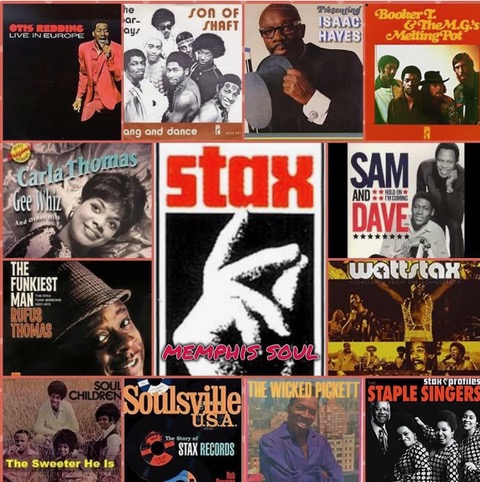
The artists were amazing. Stax was the music of Otis Redding, The Staple Singers, Issac Hayes, Rufus Thomas, Carla Thomas, The Mar-Keys, Booker T and MG’s, Otis Redding, Wilson Pickett, Johnny Taylor, Sam and Dave, and Albert King. They were the first to produce an album by Richard Pryor and even produced early Prince. They had a knack for discovering talent. The Stax sound was unique and well received. It was soul at its finest.
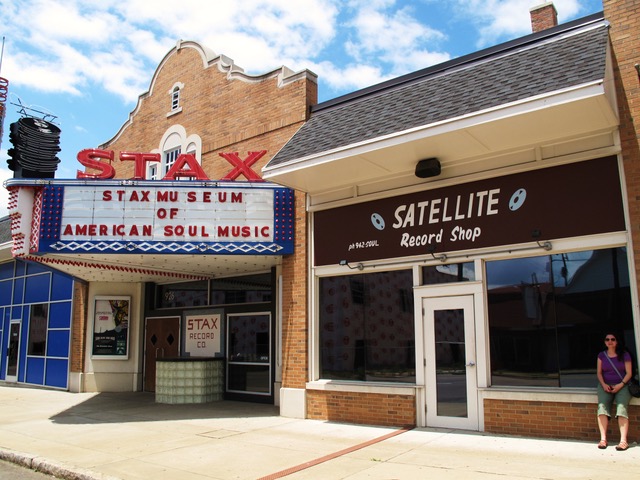
The company was growing and getting beyond Mr. Steward’s capability. He created Black music but didn’t know how to market and distribute his music product. Next door to the recording studio, his sister had a record store, which was the consumer arm of the business, and it was thriving.
Enters Al Bell…
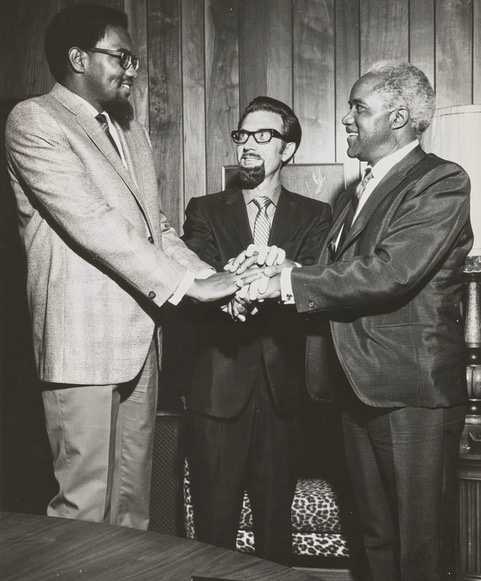
Al Bell rose to prominence as the area’s leading DJ. He was a visionary, a genius, and an expert marketeer, but above all, he cherished this new Black sound. He possessed great depth. When White stations refused to play Black tracks, he got Stax records broadcast on Black stations across the nation. He tuned in to Black radio, where Black jocks were making hit singles out of the Stax Studio, a cinema theater that had been converted and located at 926 E. McLemore Avenue in Memphis.
The House Band had a distinct sound and was rocking. They welcomed new musicians and ideas, and they performed day and night. Of course, history was being made as the music started to chart, and 250 songs were produced under the Stax label. Jerry Wexler, a distributor for Atlantic Records, showed interest in the company. Because he was gullible, Stewart signed a contract with Atlantic without thoroughly reading it. When Warner Bros. acquired Atlantic Records in 1967, the distribution agreement was changed and found unsatisfactory by Stax’s owners. Stax was screwed; a gentleman’s agreement turned bad.
Stax released hit after hit of new music under Bell’s direction. The music industry’s maverick, the small Memphis studio, was booming and making history. Elvis stayed behind to pick up the new sound’s copying techniques. From 1970 to 1972, Stax hired independent distributors to demonstrate the music’s universality. The Stax crew also traveled to England, home of the Beatles, establishing the song’s widespread appeal.
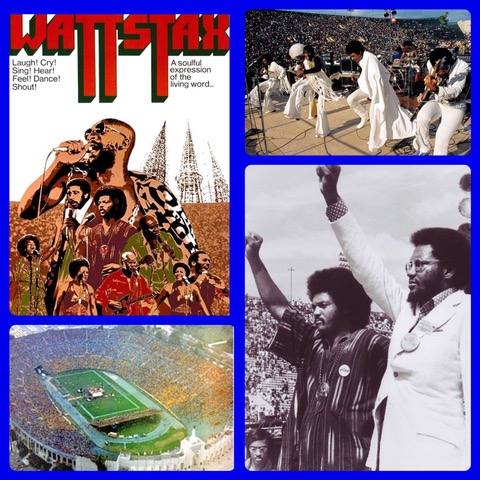
On August 20, 1972, The Stax organization presented a major stadium concert in Los Angeles. It was after the beating of Rodney King. Rev. Jesse Jackson gave a clarion cry of “Nation time” to a crowd of over 112,000. This was a first of its kind. The record company took over the stadium from 11 am to midnight without any type of incident. People danced to the music, and Rev. Jackson preached a powerful message. The concert was recorded as a documentary, ‘Wattstax‘. They made history. Larry Shaw was the concert manager, utilizing his advertising skills to create a new image and a new musical scene. The late Mr. Shaw and Al wanted Wattstax recorded as a documentary. They insisted on a Black crew to tell the story from a Black viewpoint. Perspective was essential.
I worked with Al and Larry. I was young and eager. They were my mentors in Chicago, and in later years, with Rev. Jesse Jackson, we created the Black Expo. Al saw me as a writer and got me my first professional job as a writer; I was a critic at large for SOUL Magazine, a publication out of Los Angeles. Black performers at that time were not covered in major press. There was Jet Magazine and Black Star Magazine. Al and Barry Gordy of Motown wanted SOUL to be devoted absolutely to recording artists. It was fun and amazing that I could write about the Black stars of the day. Larry taught me much about imagery and viewpoint. Al taught us to dream big and why not.
In 1972, Al Bell bought the interest from Mr. Steward, and Stax became a Black-owned company. Clive Davis of CBS established a distribution deal with STAX. He saw the distribution as a means to the emerging African American market, which was growing by leaps and bounds. It was not a good deal. CBS was devious. They created their own Black music with the likes of Earth, Wind and Fire, The Isley Brothers, and Sly and the Family Stone. They were not distributing STAX records as promised. CBS told Stax that their music was not selling and was not acceptable in record stores. They used STAX to enter the African American market.
Racism Prevails…
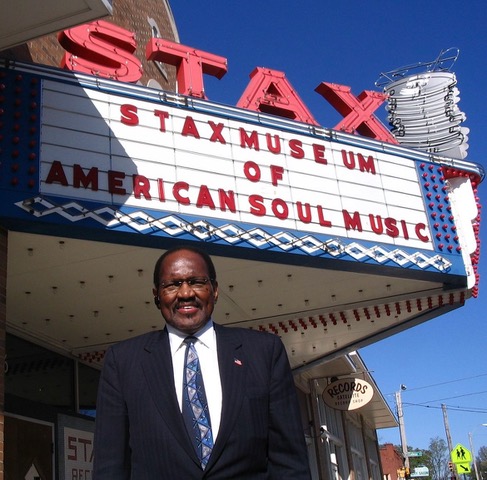
Stax went bankrupt, and Al Bell appealed to the local bank, Memphis Union Planters, to save the company. Steward mortgaged his Memphis mansion to provide short-term working capital. Union Bank foreclosed on the loan, causing Stewart to lose his home and fortune. Bell states “unequivocally that the city’s whole power structure loathed the presence of such a successful black-owned company and was determined to destroy it by any means necessary, using the bank loans as an excuse.” Stax was forced to close in December 1975.
Al Bell was arrested and indicted for bank fraud during the bankruptcy proceedings. The charges were false, and thankfully, he was acquitted. They were trying to jail Al for success and hit records. They fabricated a lie and threatened his life. In 1977, Union Planters Bank sold Stax, its master tapes, and its publishing arms for 4 million dollars to a holding corporation. The bank deeded the studio to a church. The building was eventually demolished. Today, it sits as a vacant lot with a historical marker. The true value of the master is being assessed at about $67 million. Al Bell was threatened with death had he not released the master tapes. Al’s folklore common sense saying is, “The big fish eat the little fish.”
Stax is a story of success. The music was magic. They introduced a market. It was an integrated venture. It was a small company that grew. The distribution deal with the white companies was not successful. This is a story of the music industry and how they stole. This is a story of how a white bank and the white business community of Memphis did not want a Black company to exist and succeed.
This is a story of American racism.


